The medical term for male pattern baldness, is Alopecia or Androgenetic Alopecia. This condition involves the shrinking of hair follicles on the scalp, and the actual thinning of hair strands (causing a thinner appearance of hair growth), due to the smaller size of the follicle. The hair follicles will eventually become so small that there is little to no hair growth, and usually occur on the temples or back / crown of head. Androgenetic Alopecia is caused by a combination of genetics and how your hair follicles react to certain male hormones in the scalp. Androgenetic Alopecia – Cause and Process Androgenetic Alopecia, or more commonly known as Male Pattern Baldness, is the most common cause of hair loss in men. This condition is caused by Androgen receptors which are found on the hair follicles, which we inherit. A male hormone (DHT) has an affinity with these Androgen receptors, binds with them, and causes a process called miniaturization. This makes the hair follicles smaller over a period of time, and eventually the hair follicles get so small that they disappear. DHT comes from the male hormone testosterone, and is converted to DHT by an enzyme called 5α-reductase. The Androgenetic Alopecia process affects the hair shafts, making the hair shaft thinner and the hair shorter, which is called miniaturization. Over a period of time, the hair shaft loses its calibre, getting smaller and smaller as the miniaturization progresses. The process is mediated by genetic code, and this genetic code is basically why we exist in this world, which is quite a big thing. Thus we cannot simply take on the process of Androgenetic Alopecia by just implementing a small series of medication or treatments. It’s a lifelong process if you want to take on the genetic code, and therefore it is an important concept to understand. There is a little muscle attached to the arrector pili, called the arrector pili muscle to the hair follicle. In this muscle, through its blood supply, the stem cells arrive that create the follicle and the hair shaft. In the miniaturization process, at some point the arrector pili muscle disappears, which is ultimately the point of no return for the hair follicle, as the follicle also disappears. Fortunately there are various ways that we can remedy that situation through a combination of non-surgical and surgical treatments. For more information, visit: https://www.hair-skin-wellness.com/hair-restoration/
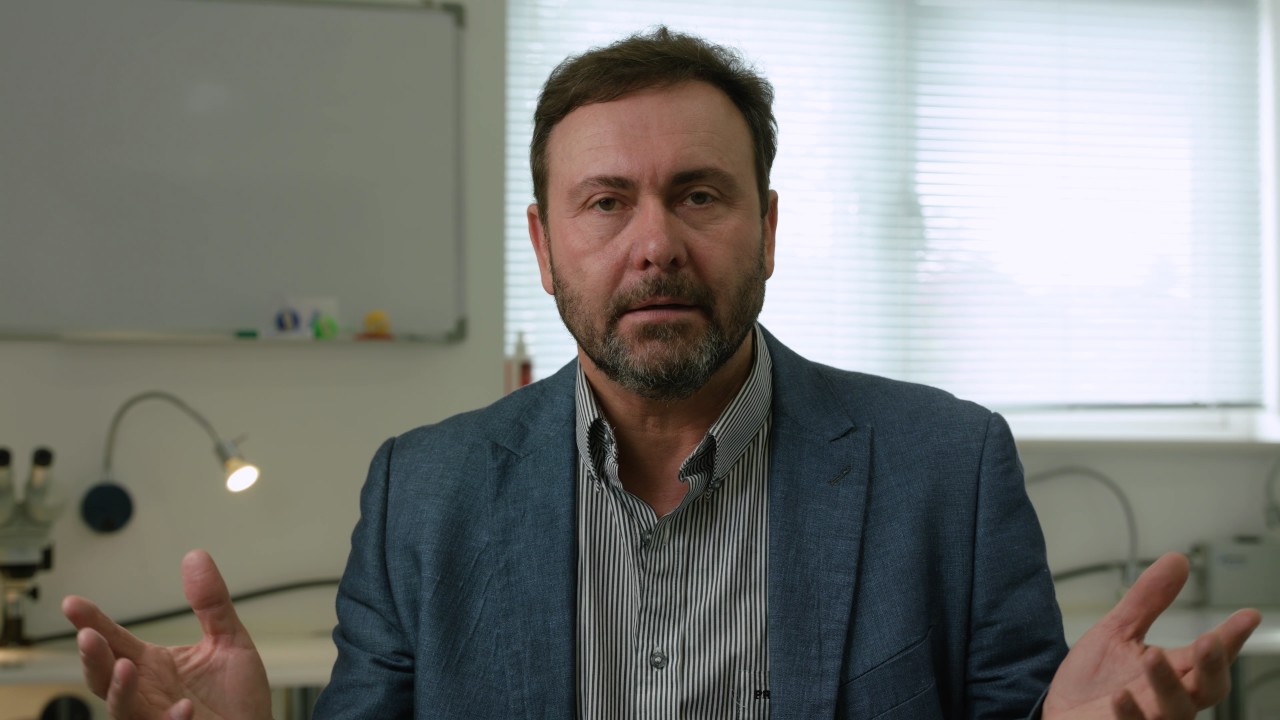
Causes of Androgenetic Alopecia
- Post author:
- Post published:May 1, 2021
- Post comments:0 Comments
You Might Also Like

how to calculate corrected esr

Honey Nutrition Video – 1
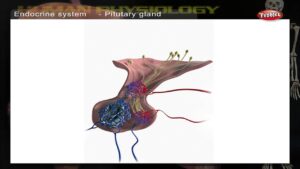
Endocrine System | How Human Body Works | Human Body Parts and Functions | Human Anatomy 3d

Back Exercises, Lat Pull Down

Six pack abs: Side plank with crossed legs

Flat Bench Press Dumbbell-1

HOW TO MAKE PROTEIN POWDER AT HOME FOR BODYBUILDING | AMIT PANGHAL | PANGHAL FITNESS

How To Know If You Have Gynecomastia? – 5 Gynecomastia Symptoms!

Spa Products Video – 4
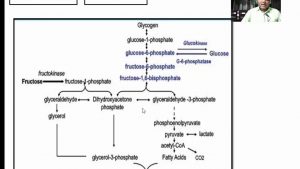
FRUCTOSE CAN WORSEN THE LIPID PROFILE..

How To Boost Your Metabolism And Burn More Fat | 3 Simple Tips

Bodybuilding Nutrition, Diet Recipes & Workout – 31

5 Causes Of Pimples That You Should Know

Is clomiphene a safe option to plan pregnancy? – Dr. Karamjit Kaur
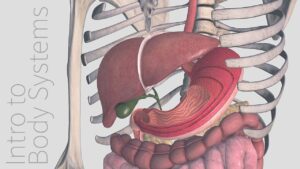
Introduction to the Digestive System – Animated Tutorial | Complete Anatomy

DEFINITION FITNESS

Bone Cancer – 7 Warning Signs

What To Eat Before A Cross Country Race

THE BEAST, this is Bodybuilding!!!!

Why You Need Vitamin B Complex

Stretching Your Calf Muscles – Kinetic Health

Soccer/ Football Video – 1

Improve Muscle Gains & Health with Evion 600

Pre/During/Post Workout Drink || SHREDDED NEXT LEVEL by Guru Mann ||

Upright Row-1

LIFT WITH INTENSITY – LET’S BUILD SOME MASS – POWERFUL BODYBUILDING MOTIVATION

Holozoic Nutrition

Anatomy Meaning

Ayurved Panchakarma Video – 1

Shuttle Sprints

Spa Treatments Video – 4

What is BRAIN BIOPSY? What does BRAIN BIOPSY mean? BRAIN BIOPSY meaning, definition & explanation

Anabolic Outlaws Presents : Dragon Tabs

Basketball Video – 1

Parkour Video – 2
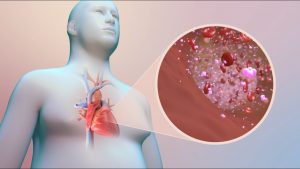
Diabetes and Heart Disease

The Benefits of a Warm Up and Cool Down

Male Over 40 Fat Loss Nutrition

Top 5 Supplements for Muscle Growth

SIMPLE TRUTH: SHOULD YOU TAKE CREATINE & WHICH IS BEST – Side Effects | Lex Fitness

Fever In Children & Adults – Natural Remedies to bring down the temperature

